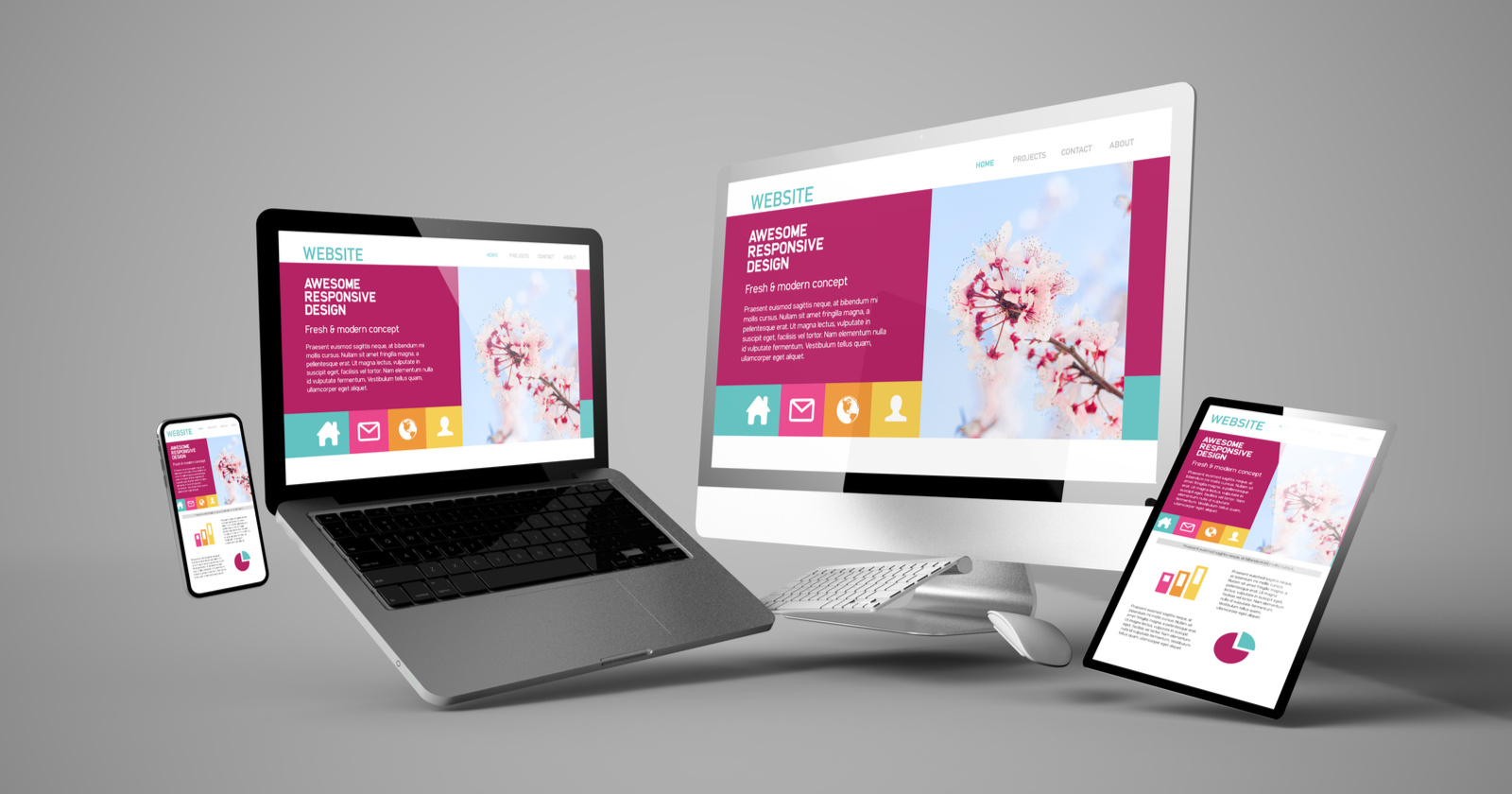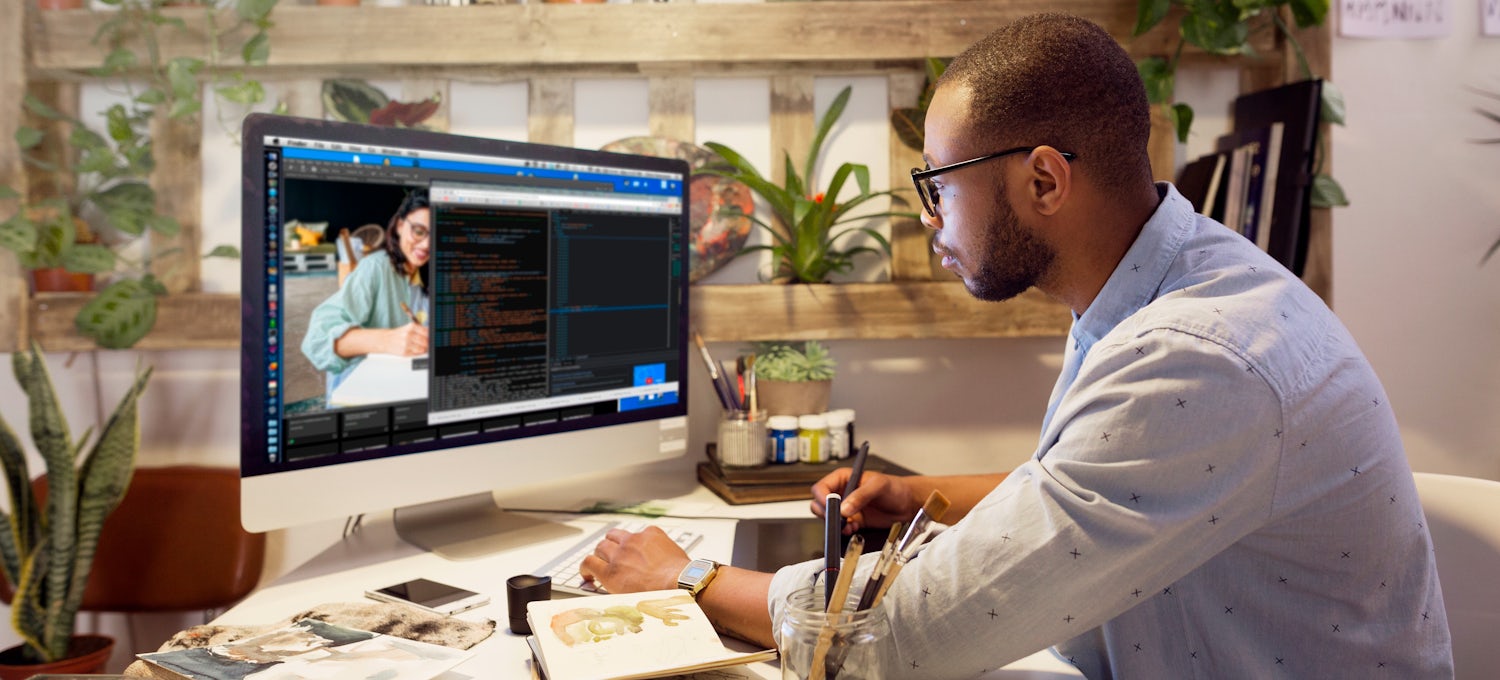Aligned Position Web Design: Stunning Websites Designed for Seamless User Experience
The Best Kinds Of Web Design to Improve Individual Experience and Engagement
In the ever-evolving landscape of digital communication, the effectiveness of Web style considerably affects customer experience and interaction. Various layout methods, such as minimal, responsive, and interactive layouts, each deal one-of-a-kind advantages that can satisfy varied customer requirements. Recognizing which kinds of Web design best offer these purposes can be crucial for businesses aiming to enhance consumer satisfaction and retention. The question stays: which style elements really reverberate with users and foster meaningful engagement? The exploration of these principles reveals critical insights that might redefine your strategy to website design.
Minimalist Web Style
As digital landscapes come to be increasingly chaotic, minimal Web design has become a powerful approach to boosting user experience. This style viewpoint focuses on simplicity, concentrating on necessary aspects while getting rid of unneeded diversions. By utilizing enough white area, straightforward navigating, and a limited color scheme, minimal style promotes quality and guides user focus to crucial web content.
The core principle of minimal website design is to create a smooth communication for individuals. By decreasing cognitive load, users can quickly realize info without feeling bewildered. This direct approach not just boosts use however also urges engagement, as site visitors are more probable to discover a site that is very easy and aesthetically appealing to navigate.
In addition, minimalist layout usually emphasizes typography and imagery, utilizing these aspects strategically to convey messages properly. In essence, minimalist Web design is not simply a trend; it is a thoughtful method that recognizes the value of user-centered design.
Responsive Website Design
In today's diverse digital setting, receptive Web layout has actually ended up being necessary for developing a smooth customer experience throughout a multitude of gadgets. As customers gain access to web sites on smartphones, tablet computers, laptop computers, and desktop computers, the capacity of an internet site to adapt its layout and material to different screen sizes and resolutions is essential.
Responsive website design employs versatile grids, pictures, and CSS media queries to make sure that Web material is provided optimally, despite the device utilized. This approach not just improves the visual allure of a web site yet additionally dramatically improves use. Customers are much more most likely to engage with a site that uses a consistent experience, as it eliminates the disappointment of needing to zoom in or scroll exceedingly.
By taking on responsive style, services can boost their presence and get to a more comprehensive audience. In summary, responsive Web layout is a basic technique that boosts individual experience, involvement, and general fulfillment.
Interactive Website Design
Receptive website design prepares for improving customer experience, however interactive website design takes this a step additionally by engaging users in a more dynamic method - Aligned Position Web Design. By including elements such as computer animations, clickable models, and real-time comments, interactive website design captivates individuals, attracting them right into a richer browsing experience
This approach not only cultivates engagement yet additionally encourages individuals to check out material actively rather than passively consuming it. Strategies such as gamification, where users gain benefits for finishing tasks, can dramatically enhance the moment spent on a site and enhance general contentment. Interactive functions can simplify intricate info, making it more absorbable and enjoyable.

Including interactive layout aspects can likewise bring about greater conversion rates, as individuals are extra likely to involve with a site that actively involves them. Aligned Position Web Design. Inevitably, interactive Web style transforms user experiences right into memorable journeys, making sure that site visitors return time and once more
Apartment Layout
Identified by its minimalistic method, level design stresses simpleness and performance, removing away unnecessary components and concentrating my sources on crucial features. This layout approach prioritizes use, making certain that individuals can browse user interfaces with convenience and efficiency. By employing a tidy visual, flat layout eliminates the clutter typically found in much more luxuriant styles, therefore boosting user concentrate on content and performance.
The trademark of level layout hinges on its usage of bold shades, easy typography, and geometric forms. These components contribute to a visually enticing interface that is both friendly and modern. In addition, level style promotes a sense of clearness, enabling customers to discern essential activities and info without interruption.
Additionally, flat style is particularly effective in responsive website design, as its simplicity translates well throughout different tools and display sizes. The lack of detailed structures and gradients reduces loading times, which is important for maintaining customer engagement. As electronic landscapes remain to develop, level layout remains a pertinent selection for creating easy to use websites that enhance total experience. By focusing on important attributes, flat layout not only meets customer needs yet also encourages seamless interaction, making it a crucial component of reliable website design methods.
Flexible Website Design
Flexible website design personalizes the user experience see this by developing multiple fixed formats tailored to various display sizes and gadgets. Unlike responsive layout, which fluidly adjusts a single design, adaptive style utilizes distinctive designs for particular breakpoints, making certain ideal presentation on different systems. This strategy enables designers to concentrate on the one-of-a-kind features of each device, boosting functionality by supplying precisely what individuals require based upon their context.
One of the primary advantages of adaptive Web design is its capability to optimize tons times and efficiency. By offering customized content and images that fit the individual's gadget, internet sites can lessen information usage and enhance loading rates. This is especially helpful for individuals with slower connections or limited data plans.

Additionally, adaptive layout assists in a more controlled and consistent branding experience. Given that developers create several layouts, they can make see here now sure that the aesthetic elements align with the brand's identification across various platforms - Aligned Position Web Design. This results in a cohesive individual experience, enhancing interaction and promoting individual retention
Verdict
Minimalist design promotes clarity and focus, while receptive design makes sure adaptability across different gadgets, promoting ease of access. Jointly, these design approaches contribute to the creation of easy to use settings that not only improve complete satisfaction yet additionally drive greater conversion rates, emphasizing their critical significance in contemporary Web layout strategies.

Minimal style fosters quality and emphasis, while responsive style makes sure adaptability across various devices, promoting availability. Jointly, these layout approaches contribute to the development of straightforward environments that not just boost contentment yet additionally drive higher conversion rates, highlighting their vital relevance in modern Web style strategies.